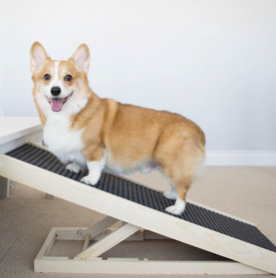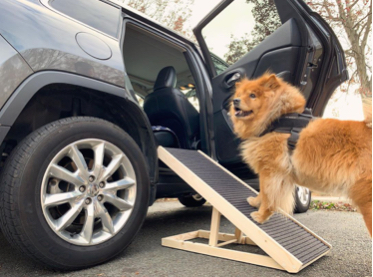Most pet owners don’t learn about IVDD until their own little furriend is affected by it. By that time it’s too late, and little to no steps can be taken towards the prevention of it.
This disease affects dogs all over the world, our goal is to raise awareness by providing you with different intervening steps that could help save your pet’s life.
Catching it early can have a huge impact on how it develops, and knowing the symptoms can avert the disease from worsening causing life changing disability for your pooch.
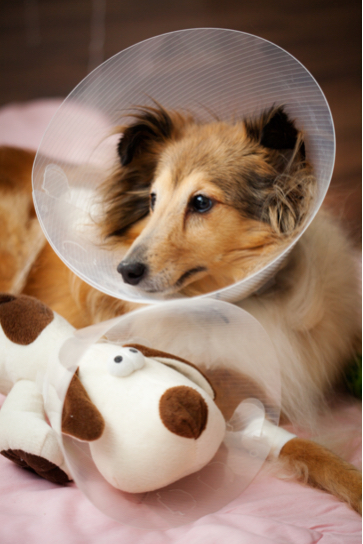
What is IVDD?
Intervertebral Disc Disease (IVDD) is a disease that attacks the spinal bones of primarily short-legged dog breeds such as dachshunds, beagles and so on. This disease can develop following a forceful jumping, a bad landing, walking up and down stairs causing too much back pressure, and unfortunately not many dog owners are aware of it until it affects their little fur ball.
To put it in simple terms, this disease causes the cushioning of spinal discs to harden. These cushions are meant to act as shock absorbers. Eventually as they harden due to shock it begins to press into the nerves running in the spinal cords.
The symptoms of IVDD can include a variety of things and can range from being mild to extremely severe, such as paralysis. They’re usually easily recognizable, but depending on the pet owner’s knowledge on IVDD they might not always tie it all together.
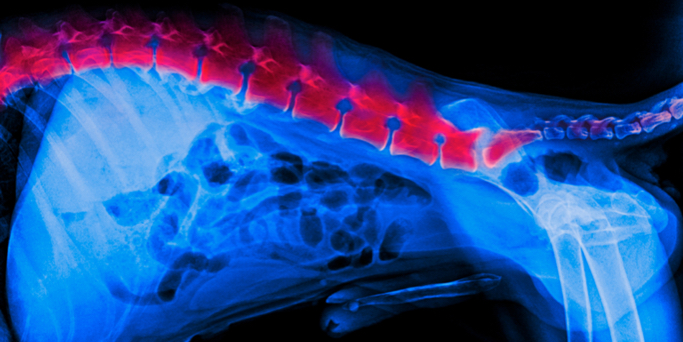
Stats
Research shows that 25% dachshunds suffer from IVDD or will suffer from it at some point in their life. Unfortunately this applies to a long list of other mostly short-legged breeds. Here are just some breeds that are at a higher risk to develop IVDD due to their physical makeup:

Keep in mind, this list does not include all breeds at risk.
Warning Signs
In order to prevent IVDD from occurring or worsening there are some warning signs you should look out for. Please note that every dog is different, these are just a few examples of what can occur:
- Unwillingness to jump
- Limping limbs and head while walking
- Neck and/or back stiffness causing pain
- Increased sensitivity to movements and/or touch (causing possible aggression)
- Less mobile, unwilling to move or walk
- Arched back (thoracolumbar kyphosis)
- Abdominal tenderness or sensitivity
- Paralysis
- Tremors, shaking, abnormal reflexes (ataxia)
Note that overweight dogs of predisposed breeds have increased risks of contracting IVDD. If your pup shows any of these symptoms we advise seeking help with your vet.
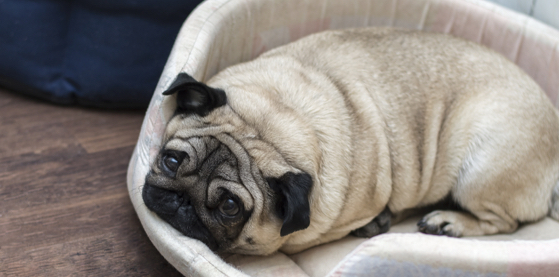
Aftercare And Prevention
There are various ways to perform aftercare to help your pooch recover from IVDD as well as prevention tools. Each dog is treated depending on the severity of their symptoms, some require surgery while others can overcome it on their own.
Data shows that 4 out of 5 dogs with good sensation in their limbs make a good recovery without surgery following paralysis. However, a natural recovery may take longer (6 to 12 weeks) compared to a surgery recovery (6 to 8 weeks), before your pooch can walk again.You should consult your vet to see which option is more fit for your fur ball as well as conduct your own research about both options.
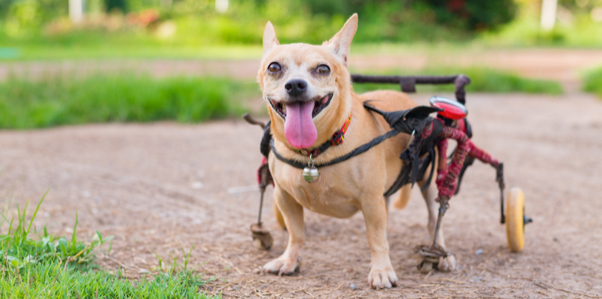
Besides aftercare you should also think about prevention steps. This can not only help your dog in their healing process, but it can also slow down the development of this disease, if not avoid it altogether. To start off, try to maintain your dog at a healthy weight, as previously mentioned, overweight dogs are automatically out at a higher risk.
You should minimize all jumping by providing your pooch with a ramp. Ramps can aid your pup get onto beds or furniture more easily. A Vet recommended dog ramp like the one sold by Alpha Paw can be life changing for your dog. It can also help prevent a lot of injuries that could otherwise occur by jumping or landing forcefully. Ramps have shown to decrease the impacts dogs suffer on their joints and backs by reducing the number of times they have to leap a day. Additionally, some dogs may need a wheelchair after suffering from IVDD, a ramp allows them to still be able to move around regularly with limited difficulty.
